Chemical Injection
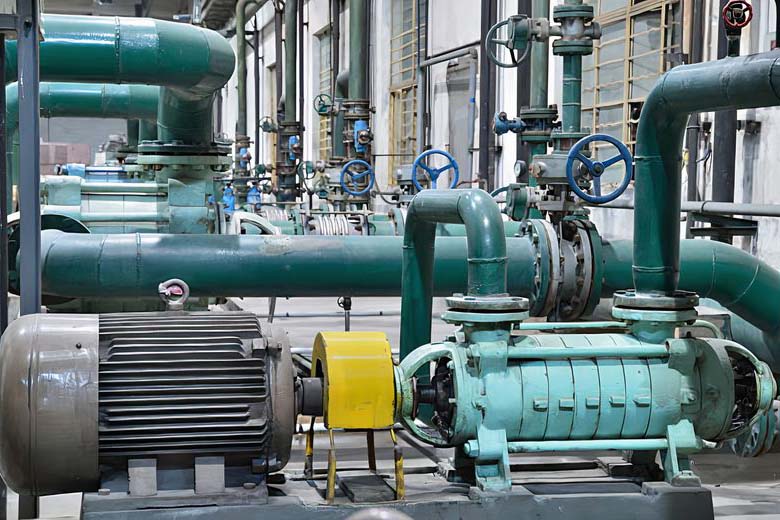
Chemical injection plays a vital role in modern water treatment as one of the key steps in maintaining water quality, preventing pollution, and treating wastewater.
Concept and role of chemical injection
Chemical injection is a water treatment process in which specific chemicals are added to a body of water to improve the quality of the water, purify the water source, control pollutants, or to achieve specific water treatment goals. This process is commonly used to treat different types of water bodies such as industrial wastewater, drinking water, cooling water, and more.
These chemicals can include disinfectants, anti-scaling agents, conditioning agents, etc., which can provide solutions to different water quality problems, thus ensuring water safety and compliance.
The effects of chemical injection include the following:
- Disinfection and sterilization: Chemicals such as chlorine or chlorine dioxide can be used for disinfection and sterilization to kill bacteria, viruses and other microorganisms in the water to ensure safe and hygienic water.
- Water Quality Adjustment: By adding chemicals, the pH, hardness, alkalinity and other parameters of water can be adjusted to meet specific standards and requirements.
- Pollutant removal: certain chemicals can be chemically reacted with the pollutants in the water so that the pollutants can be precipitated or oxidized and decomposed to achieve the removal and purification of pollutants.
- Sediment treatment: In some industrial processes, chemicals can be used to promote the precipitation of suspended particles, thereby realizing the separation and removal of solid particles.
- Anti-scaling and anti-corrosion: Adding appropriate chemicals can prevent scale deposition and corrosion in pipes and equipment, and protect the normal operation of the water system.
- Water recycling and recycled water treatment: In recycled water systems, chemicals can be used to maintain water quality, control microbial growth, thereby improving system efficiency and reliability.
- Specific treatment goals: According to different applications, chemical injection can achieve a variety of specific treatment goals, such as oil-water separation, gas removal, etc..
Chemical injection techniques and equipment
Chemical injection can be accomplished through a variety of techniques and devices, including:
Metering pumps
Metering pumps are one of the most common chemical injection devices. They are able to accurately control the flow of chemicals, adding them to the water stream as needed. Different types of metering pumps include diaphragm pumps, piston pumps, and peristaltic pumps, which offer advantages in different applications.
- Diaphragm Pump: Diaphragm pump is a kind of commonly used metering pump, its working principle is to push the flow of chemicals through the movement of diaphragm. Diaphragm pumps are usually divided into two types: pneumatic diaphragm pumps and electric diaphragm pumps. H Solenoid Dosing Pump, HJ-Z Mechanical Dosing Pump and HY-ZR Hydraulic Dosing Pump have good sealing performance and are suitable for handling corrosive or toxic chemicals.
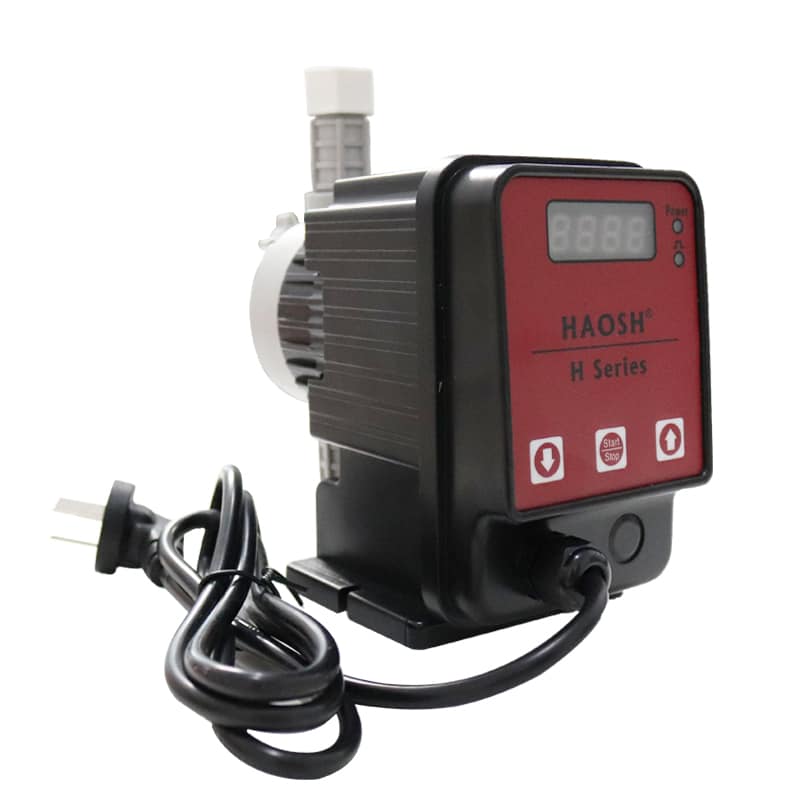
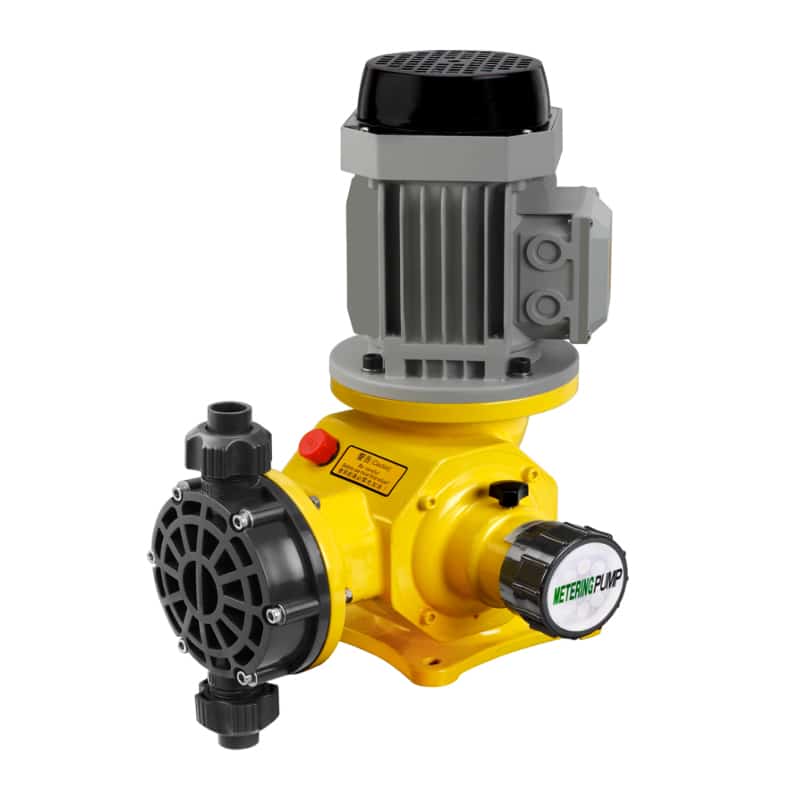
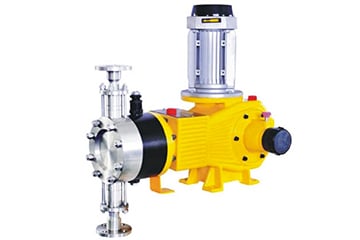
- Plunger Pumps: Plunger pumps move a plunger up and down to propel the flow of chemicals. They typically have high pressures and precise flow control, and are used in scenarios where high pressure delivery is required, such as membrane filtration and reverse osmosis in water treatment.
- Peristaltic Pump: Peristaltic pumps drive the flow of chemicals by squeezing the hose, which returns to its original shape after being squeezed, thus realizing the flow of chemicals. This pump has good corrosion resistance and reliability and is suitable for scenarios that require precise dosing, such as laboratory applications and small treatment systems.
- Gear Pumps: Gear pumps drive the flow of chemicals through the rotation of gears. They are typically used for low-viscosity liquid agents and have a consistent flow and pressure output.
- Centrifugal Pump: Centrifugal pumps are a common type of pump that can be used for chemical dosing. They work by creating centrifugal force by rotating an impeller, which pushes the agent towards the outlet. Centrifugal pumps are suitable for applications that handle high flow rates, but may not be as precise as other metering pumps when it comes to flow control.

Injection units
Injection devices are typically used for small-scale chemical injection, either manually or automatically, into a body of water. This method is suitable for some simple treatment processes.
Tanks and feeding systems
These systems are typically used to store and automatically dose liquid chemicals. The tanks can contain different types of chemicals as required, while the feeding system automatically controls the amount of chemical dosed based on predetermined parameters. Chemical dosing system mainly consists of solution tank, mixing tank (with agitator), metering pump, liquid level meter, electric control cabinet, pipeline, valve, pressure gauge, filter, base and so on.
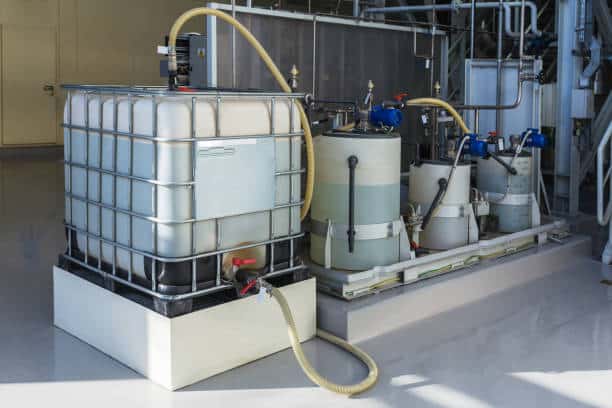
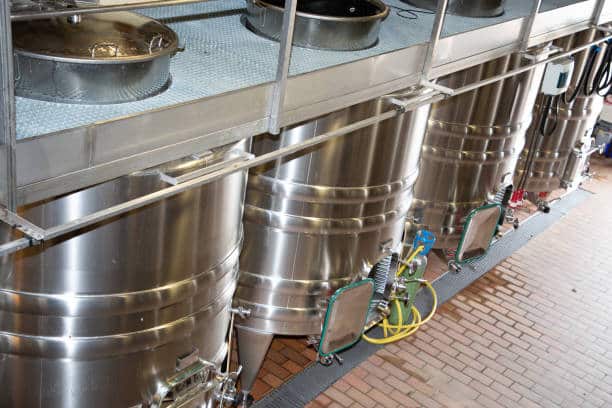
Solution preparation systems
Some chemicals need to be pre-prepared into a solution and then injected into the water column via a solution preparation system. This ensures that the chemicals are evenly dispersed in the water, thus improving the treatment effect.
Online monitoring and control systems
These systems can monitor water quality parameters in real time and automatically adjust the dosage of pharmaceuticals according to the actual situation to achieve precise control and optimization.
Static mixer
Static Mixer is used to mix the pharmaceuticals evenly into the water to ensure that the pharmaceuticals are in full contact with the water body, thus realizing effective treatment.
Reaction tanks
In some applications, chemicals need to react chemically with contaminants in the water. Reaction Tanks can be used to facilitate these reactions, resulting in the removal or transformation of contaminants.
Common chemicals injected with chemicals
| Chemical Agent | Purpose | Parameter Standard Range |
| Chlorine | Disinfection, oxidation of organics | 0.1 – 5 mg/L |
| Ferric Sulfate | Water purification, particle coagulation | 2 – 20 mg/L |
| Poly-Aluminum Chloride | Coagulation, flocculation, removal of suspended particles | 1 – 10 mg/L |
| Sodium Hypochlorite | Water disinfection | 0.2 – 5 mg/L |
| Ozone | Oxidation, disinfection, odor removal, organics | 0.1 – 1 mg/L |
| Acids and Bases | pH adjustment, neutralization reactions | Adjusted as needed |
| Chlorates | Removal of heavy metal ions, organic pollutants | 2 – 10 mg/L |
| Potassium Permanganate | Oxidation of organics, odor removal | 1 – 5 mg/L |
| Ammonia Inhibitors | Prevention of chloramine formation | 1 – 5 mg/L |
| Buffers | pH regulation, stabilization | Adjusted as needed |
| Antiscalants | Prevention of scaling and deposits | 2 – 20 mg/L |
Chemical injection challenges and solutions
Problem: The metering pump is not running properly, and the agent cannot be injected accurately.
Solution: Check the power supply, connection line and control system of the metering pump to ensure its normal operation. Check whether the pump parts are worn or clogged, timely replacement or cleaning.
Problem: Chemical is leaking or escaping.
Solution: Check the sealing of the injection pipe and connections to ensure there are no leaks. Install leak detectors and emergency stops to prevent leaks from spreading.
Problem: Uneven mixing of chemicals, resulting in inaccurate dosage.
Solution: Use appropriate mixing equipment, such as agitators or mixing tanks, to ensure that the chemicals are well mixed. Regularly check the operating condition of the mixing equipment to avoid clogging or malfunction.
Problem: Chemical reaction of the chemicals affects the injection effect.
Solution: Conduct laboratory tests before injection to understand the interaction between chemicals and water. Adjust the type and dosage of chemicals to avoid unnecessary chemical reactions.
Problem: Clogging or buildup of injection equipment.
Solution: Regularly clean and maintain injection equipment, piping and mixing equipment to avoid agent residue and buildup. Use appropriate chemical cleaning agent for regular cleaning.
Problem: Environmental factors such as temperature, pressure, etc. affect the performance of the agent.
Solution: Conduct environmental testing of the performance of the agent to see how it behaves under different conditions. Adjust the injection equipment and operating parameters according to the actual situation.
Problem: Control system failure, unable to accurately control the injection of chemicals.
Solution: Check the power supply, sensors and programs of the control system to make sure they are functioning properly. Regularly maintain the control system and repair or replace faulty parts in time.
Application areas for chemical injection
Chemical injection is used in a wide range of applications including:
- Drinking water treatment: For disinfection, oxidation of organic matter and removal of suspended particles.
- Industrial process water: to help control wastewater discharge, prevent scaling and corrosion.
- Wastewater treatment: to remove pollutants, purify wastewater and ensure that discharge standards are met.
- Swimming pools and spas: to maintain water quality and prevent bacterial growth.

Summary
Chemical injection plays an irreplaceable role in water treatment, providing us with an effective means of maintaining water quality, preventing pollution, and ensuring the safety and sustainability of water sources. Through scientific and rational injection methods and modern equipment, we can better meet the challenges of water quality and provide a clean and healthy water environment for human beings.
HAOSH, the water treatment dosing expert by your side. Inextricably linked to chemical dosing, it plays a unique role in maintaining water quality, preventing pollution and ensuring the safety and sustainability of water sources. We provide dosing metering pumps, pump accessories, Mixer Agitator and Dosing System to meet the challenges of water quality and create a clean and healthy water environment with the help of scientific and rational injection methods and advanced equipment. If you choose HAOSH, please feel free to contact us.
